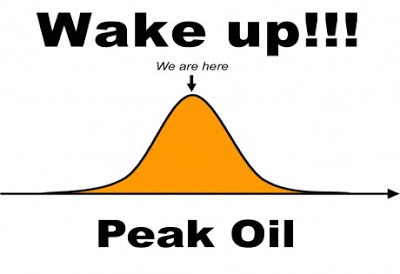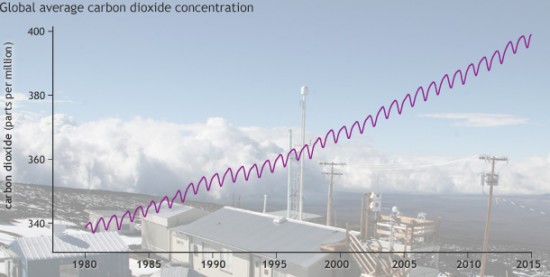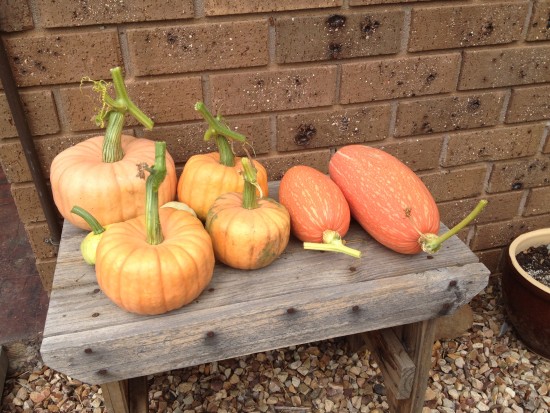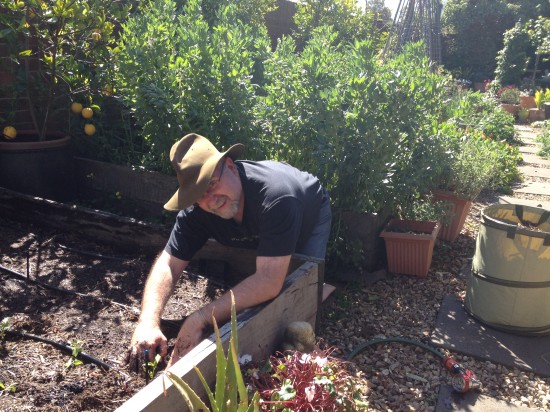I recently read an article that described how my closest city, Melbourne, is expanding at its peripheries and beginning to eat into its own food bowl.
The surrounding areas are fertile land in which market gardeners have been growing those perishable vegetables like salad greens, Brassica, and asparagus. These vegetables don’t usually fare well when transported long distances. When suburbs overtake or threaten these food bowls, city dwellers are going to have to find a substitute.
Now the article did mention that the total fruit and veg supplied to Melbourne by its “food bowl” was 41%, which would reduce to 18% close to the year 2050 due to the sprawl, but I think we are going to have just a few more issues on our plate by then! I don’t believe they reported a holistic picture of what is actually happening.
Conventional oil supplies have already peaked globally and we are clutching at straws, sucking up the last reserves of hard-to-extract oil from things like tar sands, deep water drilling, and hydraulic fracturing. All these extraction methods are harmful to the environment and pollute water supplies.

There will soon come a time when oil prices will rise again to a point that transportation will become prohibitively expensive and in turn, cause food prices to skyrocket globally. Without our nearby food bowls, perishable fresh food will become a luxury item. This will be only one of the issues caused by declining oil supplies, but keeping in tune with the theme of the post, I will refrain from rambling. If you want to learn more about Peak Oil, check out this starter post titled “Plenty of Oil?”.
So what about our changing climate? 2014 was the hot! Four independent data sets show that last year was the hottest in 135 years of modern record keeping.
Will that have an effect on our food bowls before 2050? Your bet your shirt it will. Here in south-eastern Australia, we are already seeing the impact of climate change, with shorter winters and warmer summers. Rain patterns have moved further south into the Southern Ocean with average rainfall over the year getting lower.

Global average carbon dioxide concentrations since 1980, with photo of Mauna Loa Observatory in background. source: Climate.gov
We have already seen lower grain and bean crop yields due to the lack of late winter to early spring rains and extreme heat in October, which is predicted to raise food prices.
Our food bowls located closer to the cities are mostly irrigated, but if it doesn’t rain, reservoirs that supply these crops dry up, and water restrictions are imposed. Urban dwellers shouldn’t waste water in times of plenty anyway because we live on the driest continent, but in our part of the world, water restrictions or rationing will become the norm. Less water means less food with soils drying out and become dust bowls instead of food bowls.
So what’s the solution to urban sprawl gobbling up our surrounding food bowls and ways to mitigate the effects of peak oil and climate change on our food supply?
Well I can think of two pretty good ideas. Better city planning and urban/suburban food farms. I will leave better city planning to professional planners who need to think about population density a little bit harder, so I will focus on creating our own suburban food bowls.
Most of us have a little bit of space around our residences. It doesn’t matter if we own, mortgage, or rent, we can still use tried and tested ideas to grow food in our homes.
As a general observation, I believe we spend so much time, effort, money, land, and precious water maintaining lawns in the ‘burbs. As I have alluded to, fertile land is being replaced with suburbs, so why can’t we grow these perishable crops, like salad greens, and the basics right here in the spaces we live?
It’s a good question, one which has been discussed often on the blog, but over the next few posts we are going to work through some of the perceived barriers that people often come up with that prevents them from taking that first step and some solutions on how to overcome them.
In the next post we will discuss growing food in containers for those of you who do not have much open available space. You would be amazed in how much you can actually grow in a space as small as a balcony or courtyard.
The third post will cover raised garden beds for those with poor soil like sand or clay. Rarely are Australian soils of good quality especially when burbs are stripped of topsoil when they are developed so most food gardeners are forced to create raised beds to solve this problem.
In the final post, I am going to cover how to grow fruit trees in confined spaces, where I will demonstrate how to fit in lots of trees either in the ground or in large pots and get them to fruiting stage and further.
So I hope you will join me on this suburban food farm series, that will provide enough information to get you started growing food in suburban food bowls, and to prepare for the future.



Looking forward to these posts Gavin. We live in suburbia and have more house on less land – must’ve seemed like a good idea some time. but I still manage to grow most of the vegetables we eat – I only buy potatoes, brown onions and carrots – and what fruit we don’t grow. I deliberately plant more than we can eat so I have enough to dry, bottle or freeze for the future. We are slowly converting all the garden to raised beds (and the new ones will be wicking beds) and I’m using pots and grow bags for some things so I can move them to follow the sun. If I can do it in our tiny backyard (haven’t expanded to the front yard yet) anyone can.
To me it just makes sense to grow as much food as I can; it saves money, it saves time, it is healthier and it saves energy.
I look forward to those posts Gavin – you always have such sound advice. It is a shame that everyone gravitates to the cities. i watched a show once where they took an old mining town that had been abandoned. They helped people settle there and made sure there were doctors and nurses, teachers etc and “created” a new town again.
Good post Gav. I’ve linked to it. Looking forward to the rest in the series.
I am loving this series Gavin! I was recently in Melbourne for a ‘Democratising food systems’ event and heard a variety of speakers discussing this issue from a Melbourne POV(it’s the same in Sydney too). Love your practical, hands on advice 🙂
Great issue to raise. Thanks Gavin.
I think many people who grow lawn or even still, grow nothing because they can’t garden, are probably the same people that can’t cook. Perhaps we should have “learn how to feed yourself” workshops!
yep we are growing food in containers now as we know we are moving on in the near future but after just over a month I have eggplants and cucumbers almost ready to harvest and we are picking bok choy daily.